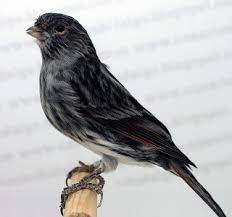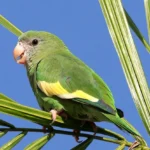Description
Canary-Winged Parakeet for Sale
The Canary-Winged Parakeet (Brotogeris versicolurus) is a medium-sized parrot native to South America, admired for its bright green plumage, canary-yellow wing accents, and lively personality. These parrots are intelligent, playful, and social, making them a captivating addition to any aviary or home.
In captivity, Canary-Winged Parakeets thrive on a balanced diet of high-quality parrot seed mixes, pellets, fresh fruits, vegetables, and occasional protein supplements. Fresh water should always be provided. A spacious cage or aviary with perches, toys, and enrichment activities supports their natural behaviors and keeps them mentally stimulated.
Canary-Winged Parakeets are active and social, enjoying interaction with humans while displaying natural behaviors such as climbing, vocalizing, and foraging. With proper care, they can live 15–20 years, providing long-term enjoyment for bird enthusiasts.
For authoritative information on parakeet care and behavior, visit Cornell Lab of Ornithology.
Frequently Asked Questions (FAQs):
Q: What makes the Canary-Winged Parakeet unique?
A: Its bright green body with yellow wing accents and lively, social personality make it highly desirable.
Q: What do Canary-Winged Parakeets eat?
A: They thrive on seed mixes, pellets, fresh fruits, vegetables, and occasional protein supplements.
Q: How tall do Canary-Winged Parakeets get?
A: They typically reach 12–14 inches in height.
You might also like the English Budgie










I’ve been looking for months to find another Canary Winged Parakeet. The owner knows a lot about birds and he was very responsive and helpful. I’ll definitely buy another bird from him in the future. Thank you so much.